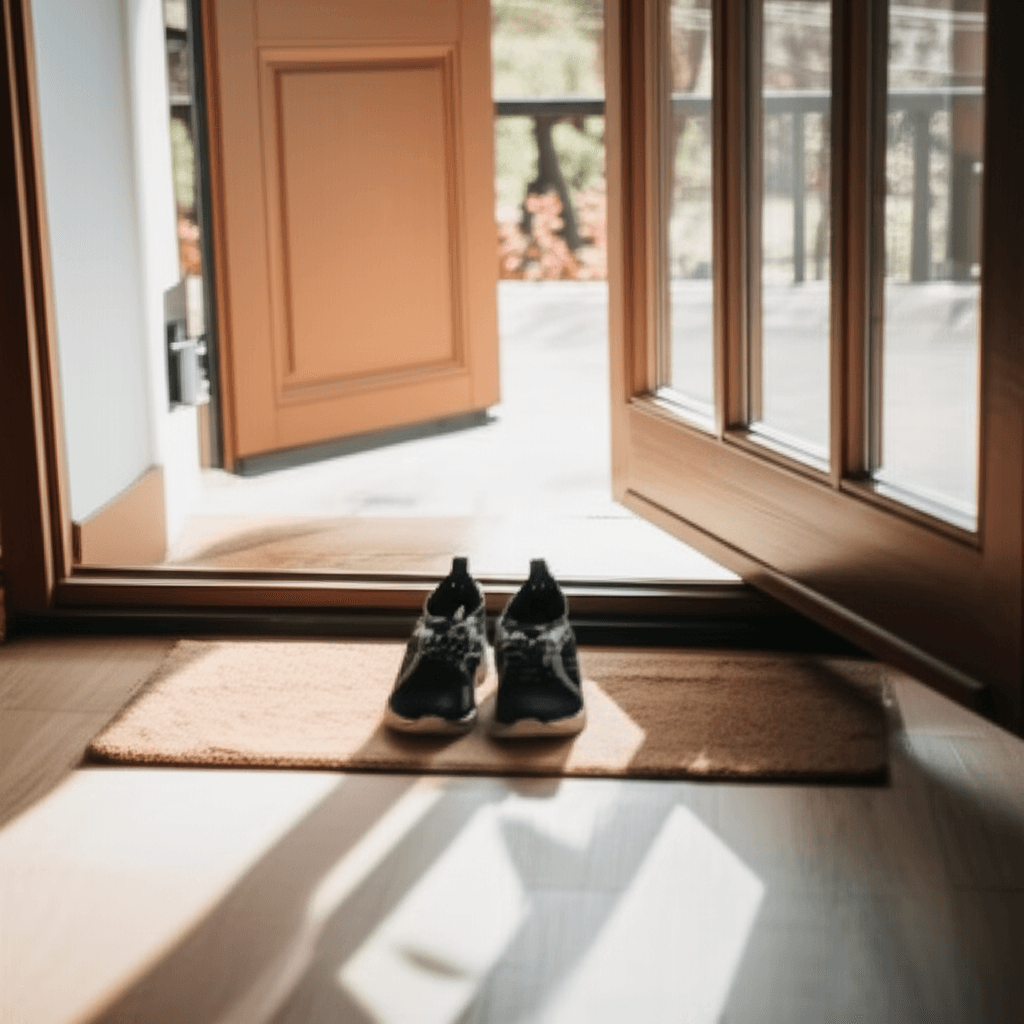Feeling unmotivated to exercise, despite knowing its numerous benefits, is a common experience. You’re not alone if the thought of a workout often fills you with dread rather than anticipation. While the desire for a healthier lifestyle is strong, translating that into consistent action can be a significant hurdle. The good news is that understanding the barriers and adopting effective strategies can help reignite your exercise spark and make physical activity an enjoyable, sustainable part of your life.

Understanding Common Barriers to Exercise Motivation
Before diving into solutions, it’s helpful to recognize the primary reasons people struggle with exercise motivation. These often fall into personal and environmental categories.
Personal Barriers
Many internal factors can sabotage your best intentions. A lack of self-motivation, non-enjoyment or boredom with exercise, and a lack of confidence in one’s ability are frequently cited. Feeling too tired or too lazy are also common internal barriers. Some people may also lack self-management skills like setting goals or monitoring progress. The reasons behind your motivation, whether intrinsic (from within, like enjoyment) or extrinsic (external rewards, like weight loss), can also influence long-term consistency.
External and Environmental Barriers
Beyond personal feelings, external circumstances can pose significant challenges. Insufficient time to exercise is often cited as the number one reason adults don’t adopt more physically active lifestyles. The inconvenience of exercise, such as a lack of nearby facilities or suitable walking paths, can also be a deterrent. Additionally, a lack of encouragement or companionship from family and friends can make it harder to stick with a routine. Seasonal changes, like shorter, darker days, can also impact motivation, contributing to conditions like seasonal affective disorder (SAD).

Practical Strategies to Boost Your Exercise Motivation
Overcoming these barriers requires a multi-faceted approach, focusing on making exercise enjoyable, convenient, and a natural part of your routine.
Start Small and Set Realistic Goals
One of the most effective ways to build momentum is to begin with small, achievable goals. Instead of aiming for an intense hour-long workout daily, commit to just 10-15 minutes of activity, a few times a week. Gradually increase the duration and intensity as you build confidence and fitness. Breaking down larger fitness goals into manageable steps helps prevent burnout and injury. Remember, any movement is better than none.
Find Activities You Genuinely Enjoy
If exercise feels like a chore, you’re unlikely to stick with it. Explore different types of physical activities to find what resonates with you. This could be anything from dance classes, hiking, cycling, or team sports to yoga, martial arts, or even active gardening. The more you enjoy your workout, the more likely you are to be consistent. Don’t feel pressured to do what you think you “should” do; focus on what feels good for your body and mind.
Schedule Your Workouts Like Important Appointments
Treating your workouts as non-negotiable appointments can significantly improve consistency. Block out specific times in your calendar for physical activity, just as you would for a work meeting or a social engagement. Consider when you feel most energetic and try to schedule your activity during that time. If mornings work best, try waking up a little earlier to fit it in before other distractions arise.
Integrate Exercise into Your Daily Life
You don’t always need dedicated gym time to be active. Look for opportunities to incorporate movement into your everyday routine. Take the stairs instead of the elevator, walk or cycle for short commutes, or take a brisk walk during your lunch break. Keep walking shoes handy in your car or at your desk for impromptu movement. Even small bursts of activity throughout the day can accumulate and contribute to overall health.
Leverage Social Support and Accountability
Exercising with others can provide significant motivation and make the experience more enjoyable. Find a workout buddy, join a group class, or engage with online fitness communities. The camaraderie and accountability from a partner or group can push you to work harder and stay consistent.
Track Progress and Reward Yourself
Monitoring your progress can be a powerful motivator, as seeing your consistency builds momentum. Use a fitness app, journal, or calendar to record your workouts and celebrate milestones. Implement a reward system for achieving your fitness goals, whether it’s a new book, a relaxing bath, or a magazine subscription. The sense of accomplishment and the positive reinforcement can help reinforce the habit.
Diversify Your Routine and Embrace Entertainment
Boredom is a significant barrier to long-term exercise adherence. Mix up your routine regularly by trying new activities or exercises to keep things interesting and challenge different muscle groups. During workouts, distract yourself with entertainment like upbeat music, podcasts, or audiobooks. This can improve your mood, make time fly by, and even help you push harder.
Cultivate Self-Compassion and a Positive Mindset
Don’t be too hard on yourself if you miss a workout or don’t see immediate results. Progress takes time, and setbacks are a natural part of any journey. Reframe exercise from a chore to an opportunity to invest in your health and well-being. Focus on how exercise makes you feel—improved mood, increased energy, better sleep, and reduced stress—rather than solely on external outcomes. Practice body neutrality and avoid negative self-talk.
Ultimately, getting motivated to exercise and maintaining consistency isn’t about finding a magical switch, but about understanding your personal barriers and strategically building an enjoyable, sustainable routine that fits your life. By experimenting with different activities, setting realistic goals, and nurturing a supportive environment, you can transform exercise from a dreaded obligation into a fulfilling and regular practice.






